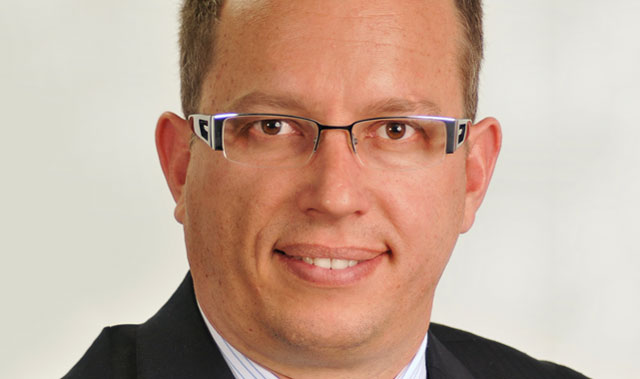
Vast Networks, billed as Africa’s first open-access Wi-Fi infrastructure operator, plans big expansion in the coming years as it looks first to consolidate the networks it’s inherited and then grow aggressively into schools and other highly trafficked public spaces.
Vast Networks came about through the merger of the infrastructure assets of Internet Solutions’ AlwaysOn and Naspers’s MWeb WiFi business, first announced in 2014. Internet Solutions parent company Dimension Data holds 51% of the equity in the joint venture, with Naspers holding the remaining 49%.
Dimension Data Middle East and Africa chairman Andile Ngcaba serves as board chair, while Grant Marais, who has previously held senior positions at Intelsat and Nokia, has been appointed as CEO.
At launch, which will officially take place this coming Monday, Vast will offer Internet access at more than 2 000 locations around South Africa (transport hubs, shopping centres, hotels, hospitals and restaurants), all inherited from the AlwaysOn and MWeb WiFi operations.
The company will introduce the “VAST” SSID, or service set identifier, at its locations nationwide over the coming days. However, those that utilise the infrastructure to provide services to end users, such as AlwaysOn (now an anchor client), can opt to retain or roll out their own SSIDs, or simply use the VAST SSID and associated landing page to connect their customers to the Internet.
Once the merger is fully bedded down, Vast intends expanding its installed footprint, with a particular focus on schools, says Marais. It hopes to deliver educational content free to schools, he says. It will also install the access points free of charge.
And it’s not only well-to-do suburban schools that are set to benefit — the company is testing a proof of concept to deliver high-speed Internet access in underserviced areas, including in schools, where traditional backhaul technologies such as fibre don’t exist. He declines to elaborate for now.
Vast says it intends doubling the number of “carrier grade” locations it operates from 400 to 800 in the next 12 months. It has more than 20 000 discrete access points around the country.
Marais says Vast’s decision to embrace the open-access model for telecommunications means anyone wanting to provide services to end users can use its infrastructure on the same commercial and technical terms. “They (Vast customers) experience the network as if it’s their own,” he says.
“They don’t get to change parameters but they get visibility to every endpoint as if it’s their own network.”
Though its infrastructure is limited to South Africa for now, Vast Networks will expand into the rest of the continent in time, says Marais. “We are focusing on South Africa in the short term as we integrate the two environments.” — © 2015 NewsCentral Media

